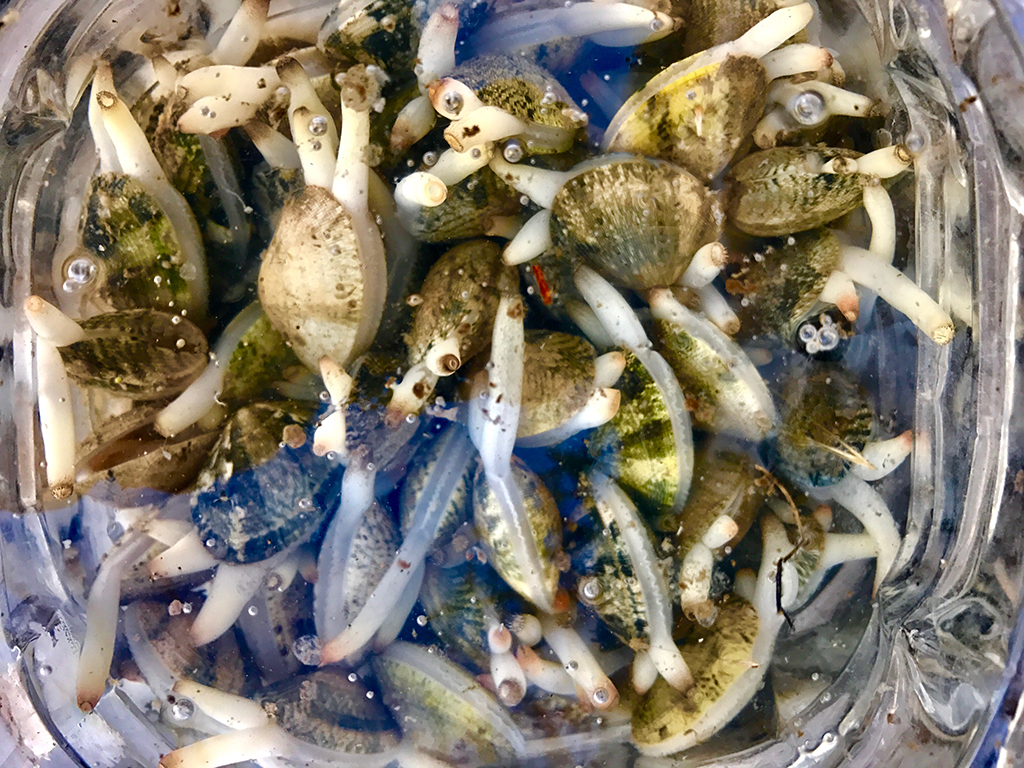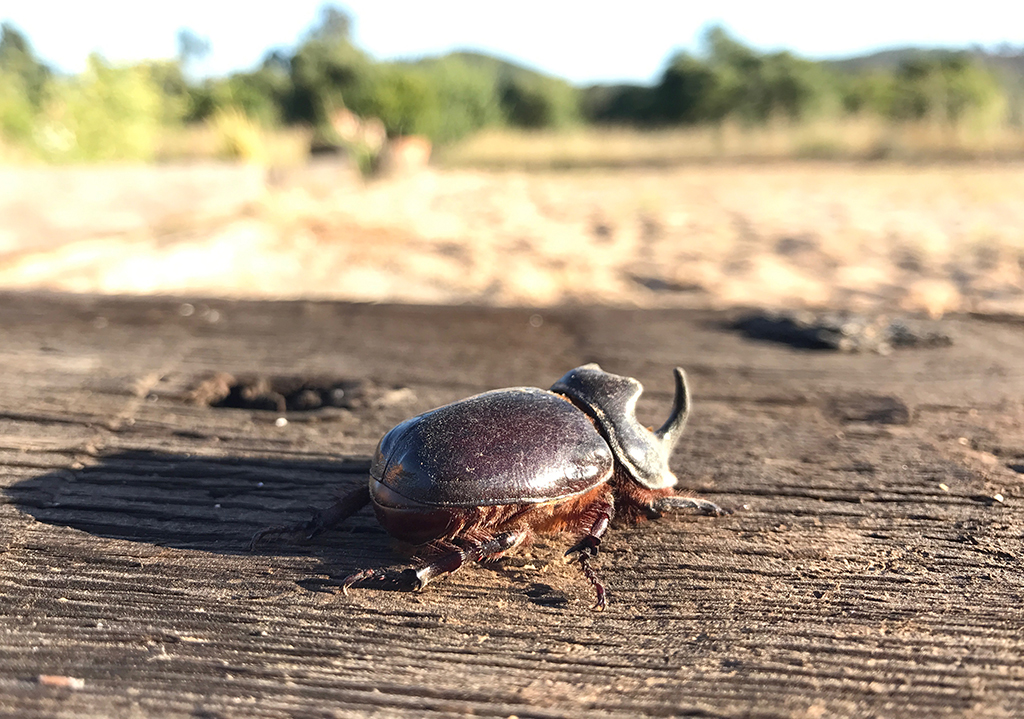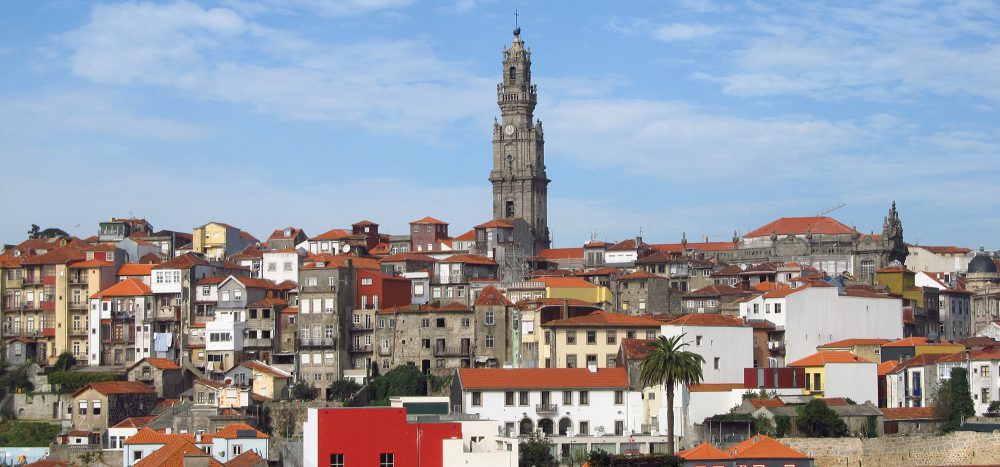Today was for new food. We went to market and saw octopus, barracuda, and flounder. At lunch Miguel bought us “nespera” which is kinda a tiny apricot shaped mango flavored fruit and we don’t have them at home. It has a brown shiny nut inside.
The plum tree in the yard is giving up ripe fruit too. It secretes giant, shiny blobs of amber that trap bugs and snails on the trunk before they can get to the ripe fruit above. Extraordinary that a tree will spend sugar resources like that to distract a pest from its seeds.
For dinner, Marta bought sea clams. The sit in sea water, alive all day, until you boil them for dinner. They each had two little exploratory tubes out and about, searching beyond the lips of their shells. It reminds me of Necks Out for Adventure: The True Story of Edwin Wiggleskin by Timothy Basil Ering, who visited Mass Lowell a few years ago.

We teased them about seeing no vegetables so far in Portugal and so were rewarded with greens and zucchini and potatoes for dinner. The pears poached in wine were divine.
We scavenged greens and flowers down by the river for Alain Tod’s terrarium exercise (more on this tomorrow). I found some molds and lichens to put in the agar. The fish bones from dinner and a dog footprint were added to the batch as well. From the river clay we hunted for clams, who scurried into the mud when you first touch them, and oysters, which feel like stones. We captured crabs and noted their size and number of claws: some had none. This one was fiesty and pinched me several times.
We toured Sao Luis for flowers and other botanicals to press and made books of flowers. Marta explained they are smaller here due to less water. Flowers are water/resource intensive for the plant, so plants make them smaller in the Mediterranean hot zone that is this area. We also learned about the cork trees and eucalyptus production and how the cork is sustainable and the eucalyptus acidify the soil and are water robbers. In the image of cork tree below, note the bark has been removed all the way up to the boy in the green shirt. They then date the tree harvest and it is left to grow more bark until the next harvest.
And last, this image, because I love bugs: the local rhino beetle out for a late evening stroll. The adults do not eat, just reproduce and die around the fall. It can lift 850 times its own weight. And it can fly.

